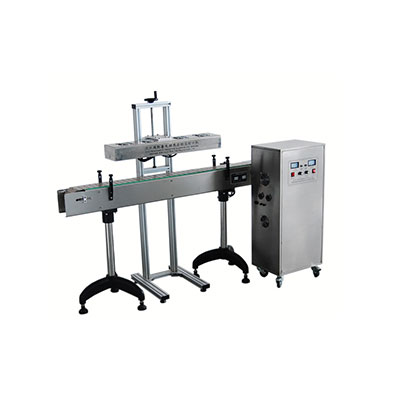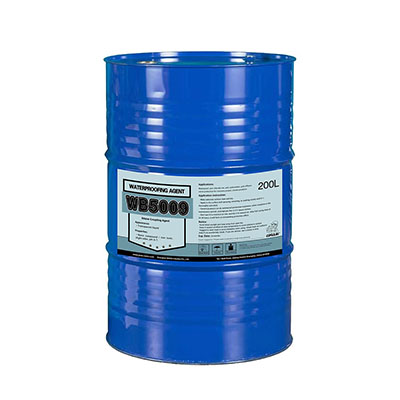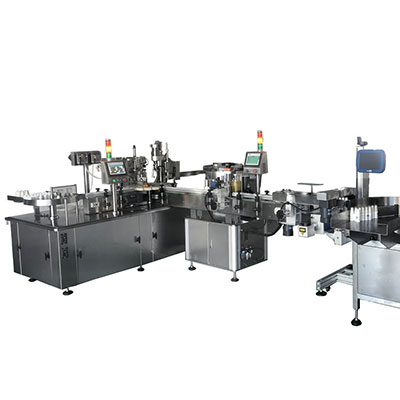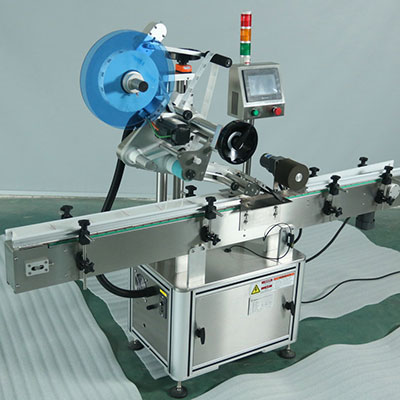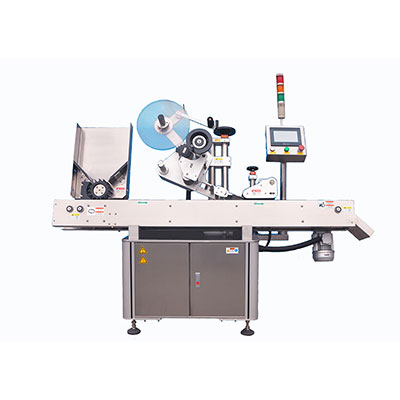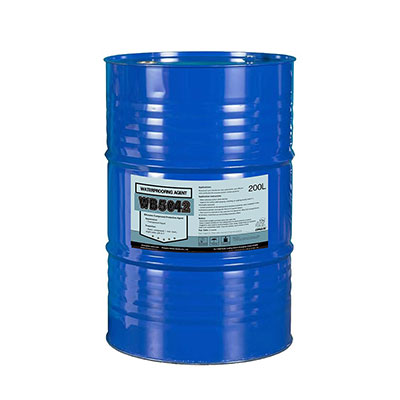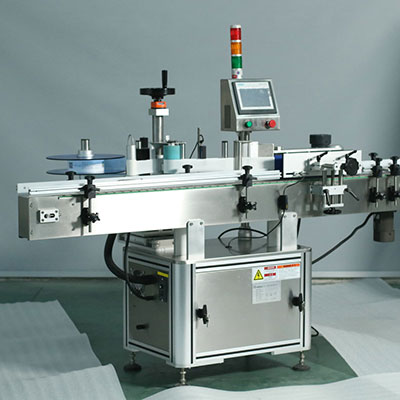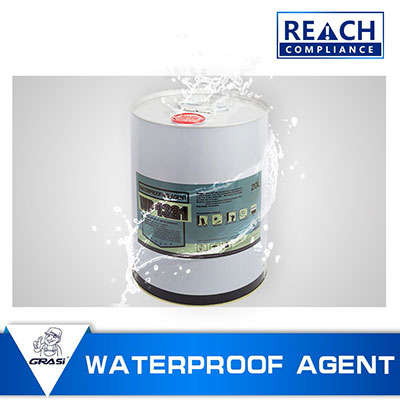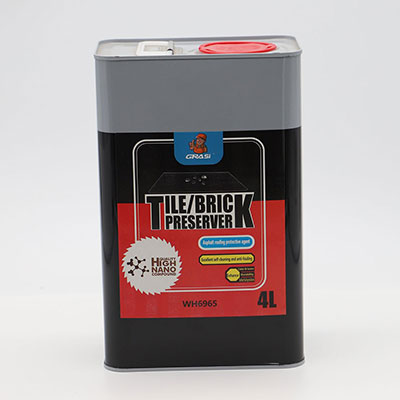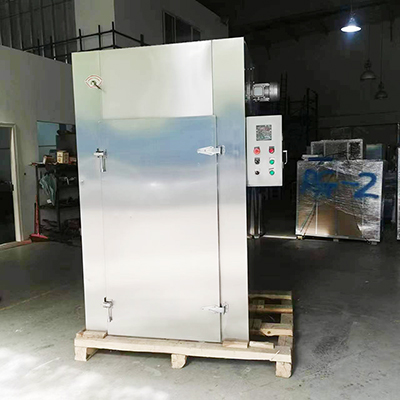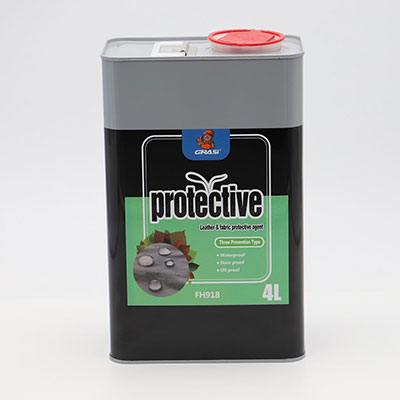Iron Ore
Theoretically, the iron ore is the ore containing the iron element or iron compound. But, in the industrial or commercial terms, it is defined by both containing the iron composition and having the use value. Actually, it is difficult to determine whether the ore has use value absolutely. So, setting up the industrial standard for iron ore is a complex thing.
For example, the iron ore in Europe has poor quality with rather low iron content. The European still call this kind of ore the iron ore just because they cannot find the better one. However, in Australia, there is a lot of ore with good quality and high iron content. Therefore, the abovementioned ore in Europe seems worthless in Australia. The iron ore used in Europe is not recognized by the American iron and steel industry.
Contrarily, in the past, the ore with low iron content were thought to have no use value. As a result of the progress of the industrial technology, many low-cost methods are developed to enrich the iron composition in the ore. Then, the ore with low iron content becomes the valuable iron ore.
So, we get a conclusion that the industrial standard for the iron ore varies with the regional supply and demand, the change of the industrial technology level as well as transportation status. From the current standard, the iron ore having use value refers to the ore with the iron content higher than 25% or so.
Classification
The iron exists in the nature in the state of compound, especially the large quantity of iron oxide. Now, we illustrate several kinds of important iron ore elaborately.
1. Magnetite
The magnetite is a kind of iron ore containing the iron oxide. Its main ingredient is Fe3O4 which is the compound of Fe2O3 and FeO. The magnetite is dark gray. Its specific gravity is about 5.15. The proportion of Fe and O in the magnetite is 72.4% and 27.6% respectively. The magnetite is magnetic. So, the magnetic separation method is employed to enable easy beneficiation. But, as a result of the fine structure, the magnetite has poor reduced property. After the long-term weathering action, it would become the hematite.
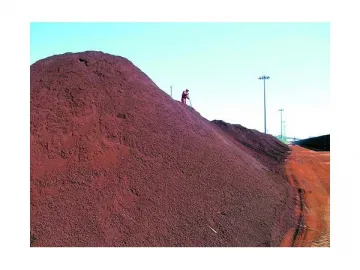
2. Hematite
The hematite is also a kind of iron oxide ore. Its main ingredient is Fe2O3. The hematite contains the Fe and O with the proportion of 70% and 30% respectively. With the color of dark red and specific gravity of 5.26, it is the major iron ore in the industry. In terms of the difference of the structure, the hematite can be classified into the red hematite, specular hematite, micaceous hematite, red ocher, etc.
3. Limonite
The limonite contains the ferric hydroxide. It is the general terms for goethite (FeOOH) and lepidocrocite (FeO(OH)) which have two different structures. Somebody also marks the limonite as mFe2O3·nH2O. With the color of yellowish brown or brown, the limonite contains about 62% Fe, 27% O and 11% H2O. Its specific gravity is 3.6 to 4.0 or so. The limonite mostly exists in other iron ore.
4. Siderite
The siderite belongs to the ore containing ferric carbonate with the main ingredient of FeCO3. It appears green gray and the specific gravity is about 3.8. Most of the siderite contains a considerable number of calcium and magnesium salts. Considering the carbonate would absorb large amounts of heat to generate the carbon dioxide under the high temperature of about 800°C to 900°C, we often get this type of ore roasted and then put them into the blast furnace.
5. Silicate Iron
The silicate iron is a kind of compound salt. It has no fixed chemical formula. The ingredients vary greatly. Generally, the silicate iron come to be dark green and its specific gravity is about 3.8. The silicate iron is a kind of poor iron ore with low Fe content.
6. Sulphide Iron
The sulphide iron contains the FeS2 with the Fe content of only 46.6% and the S content as high as 53.4%. It shows the pale yellow color and the specific gravity ranges from 4.95 to 5.10 or so. This kind of ore often contains many other valuable metals such as copper, nickel, zinc, gold, silver, etc. So, it is often used as the raw material for the other metal smelting industry. Meanwhile, the sulphide iron is also employed for extracting the sulphur for the high S content with the iron becoming the by-product. Actually, ranking the sulphide iron into the iron ore category doesn’t make a lot of sense.
Related Names
Rocks and Minerals | Metallic Iron | Smelting Mining Materials
Links:https://www.globefindpro.com/products/83447.html
-
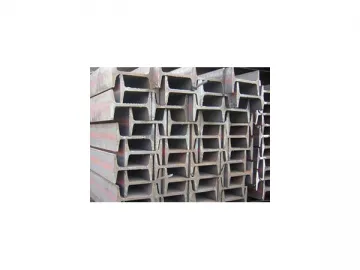 I Beam
I Beam
-
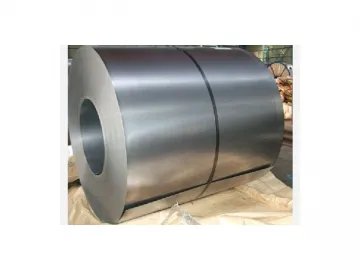 High Hardness Cold Rolled Steel Coils
High Hardness Cold Rolled Steel Coils
-
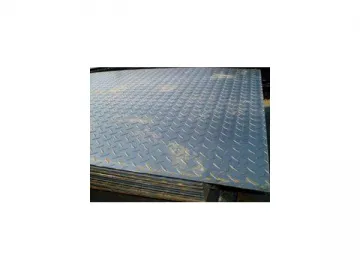 Hot Rolled Chequered Plate
Hot Rolled Chequered Plate
-
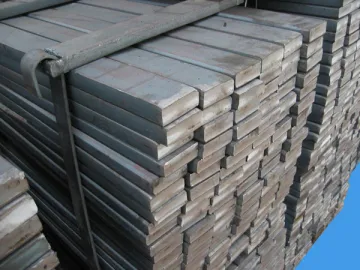 Hot Rolled Flat Steel /Steel Flat Bar
Hot Rolled Flat Steel /Steel Flat Bar
-
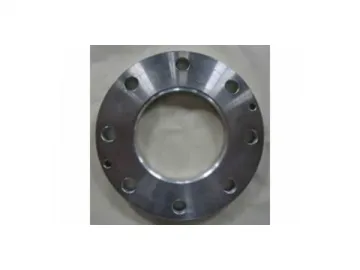 Groove Steel Flange
Groove Steel Flange
-
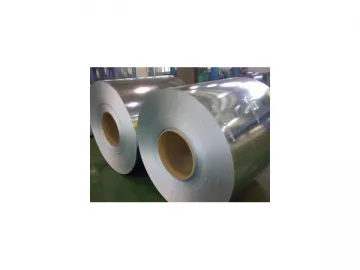 Electro-Galvanized Steel Sheet
Electro-Galvanized Steel Sheet
-
 PX-999 Tri-Band Radio Transceiver
PX-999 Tri-Band Radio Transceiver
-
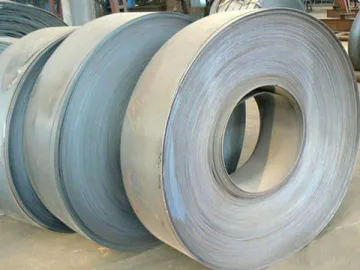 Hot Rolled Steel Strip
Hot Rolled Steel Strip
-
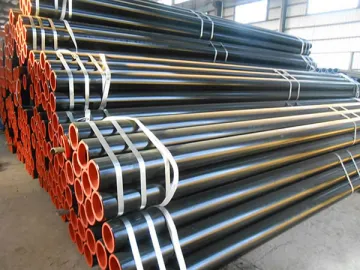 ERW Steel Pipe, Electric Resistance Welded Pipe
ERW Steel Pipe, Electric Resistance Welded Pipe
-
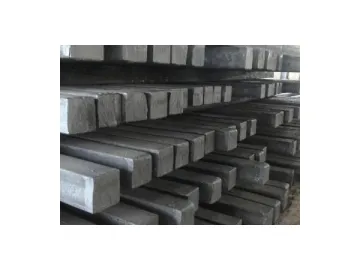 Steel Billet
Steel Billet
-
 Stainless Steel Pipe
Stainless Steel Pipe
-
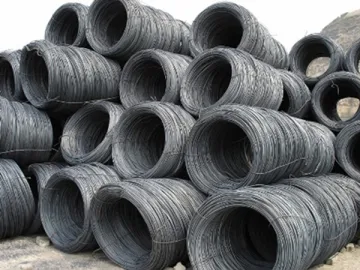 Wire Rod
Wire Rod
